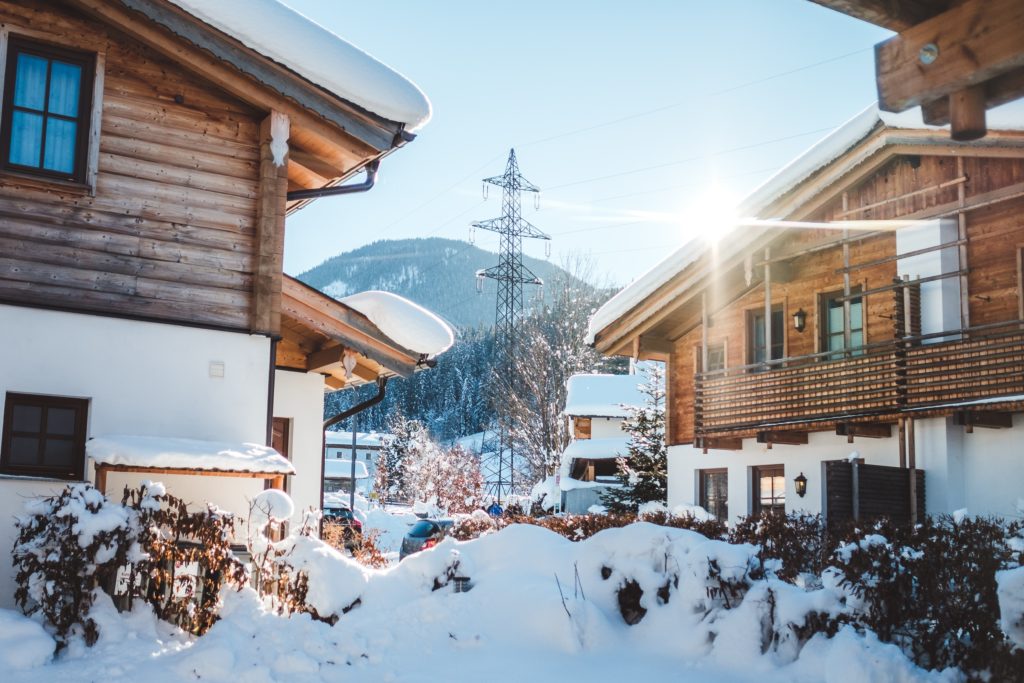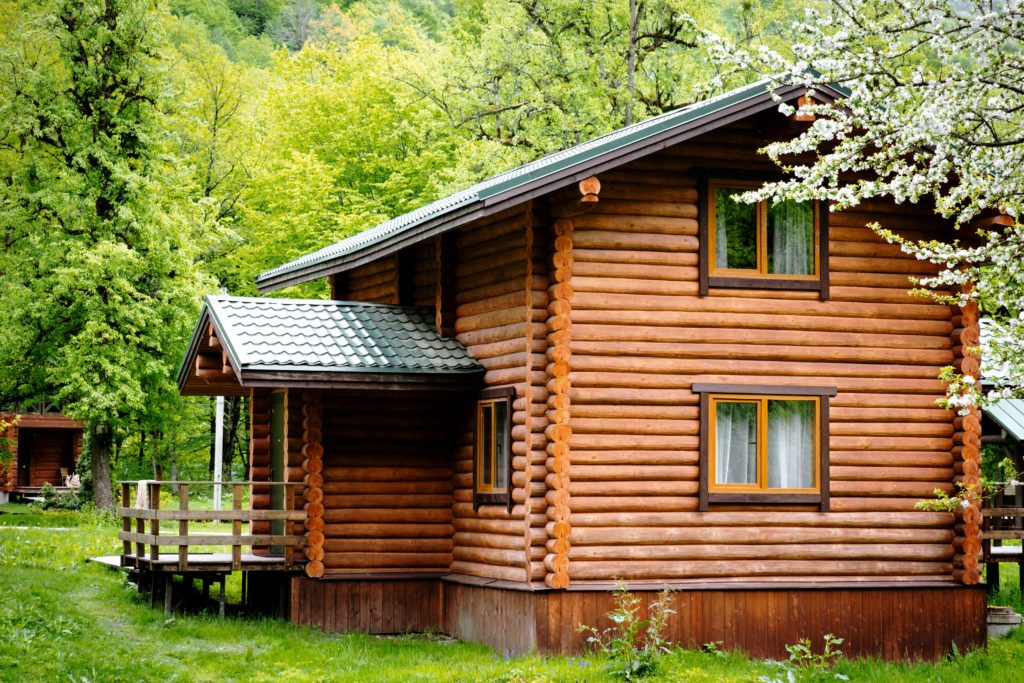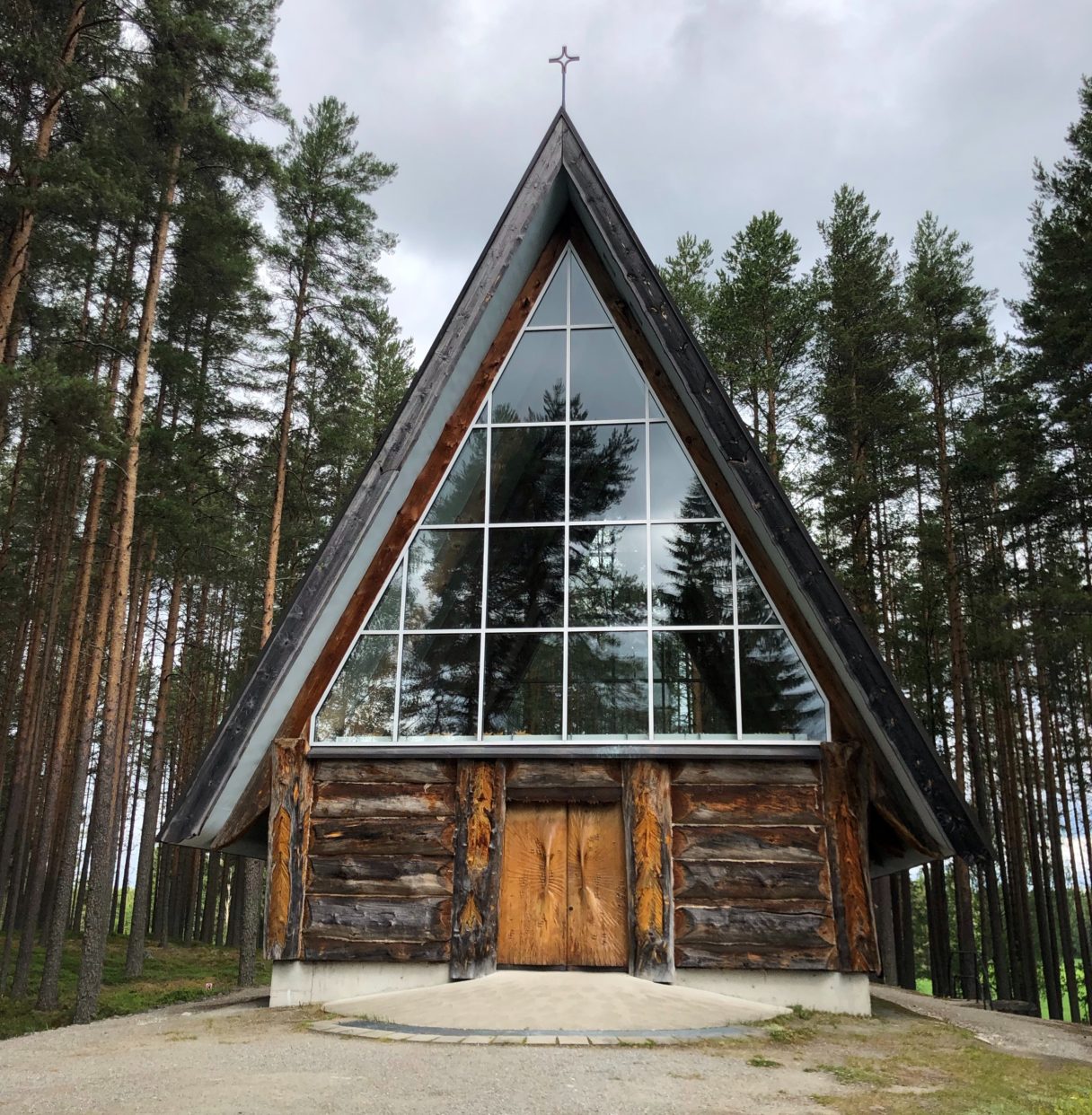The construction of a wooden house is a growing trend in the field of architecture and design. The advantages of this natural and renewable material are numerous, and more and more homeowners are choosing to build their home in wood to take advantage of its many benefits.
In this article, we will explore the benefits of building a wooden house, from its durability and aesthetics to its thermal and acoustic performance. Whether you are building your own home or just looking to learn more about this trend, this article is for you.
Importance of building a wooden house
Building a wooden house has many advantages, from aesthetics to comfort to durability. Unlike traditional building materials such as concrete, wood is a renewable resource that can be grown and harvested in a sustainable manner. In addition, building a wooden house requires less energy and resources than building a concrete or brick house, thus reducing the environmental impact.
In addition to its ecological advantages, building a wooden house also offers many practical benefits. Wooden houses are naturally insulating, which means that they provide excellent thermal and acoustic insulation. This reduces heating and cooling costs, while creating a comfortable and peaceful indoor environment.
Finally, wood is a versatile material that allows for many customization options. Wooden houses can be designed in a wide variety of architectural styles, from traditional to modern, offering great flexibility in house design. Timber construction also allows great freedom in
the choice of interior and exterior finishes, to create a home that perfectly reflects the tastes and lifestyle of its owners.
The advantages of building a wooden house
1. Durability
Sustainability is one of the most important advantages of building a wooden house. Unlike traditional building materials such as concrete or brick, wood is a renewable resource that can be grown and harvested in a sustainable way. Forests are regularly harvested and replanted, ensuring a continuous source of wood. In addition, wood is naturally resistant to decay and pests, which means that wooden houses have a longer lifespan than concrete or brick houses. Wood can also be treated to increase its resistance to weathering and insects, further enhancing its durability.
Finally, unlike traditional building materials that can eventually decay and pollute the environment, wood can be recycled and reused at the end of its useful life. This makes it a very environmentally friendly building option, minimizing the impact on the environment in the long term.
2. Thermal and acoustic performance
In addition to its durability, building a wooden house also has advantages in terms of thermal and acoustic performance. Wood is an excellent natural insulator, which means that it can help reduce heating and cooling costs. Wooden walls are also able to store heat, which can help maintain a comfortable indoor temperature. In addition, wooden houses offer better sound insulation than concrete or brick houses. Wood has the ability to absorb sound waves, which reduces the transmission of noise from one room to another. This can be particularly useful for families with young children or for those who work from home.
Finally, building a wooden house can also help to improve indoor air quality. Unlike other building materials that can release toxic substances into the air, wood is a natural material that does not pose a risk to human health. This makes it an ideal building option for those seeking to create a healthy and safe living environment for their families.
3. Aesthetics
In addition to its functional advantages, building a wooden house also offers undeniable aesthetic benefits. Wood is a naturally warm and inviting material that creates a comfortable and welcoming atmosphere. Wooden houses can offer a wide variety of architectural styles, ranging from traditional to contemporary, rustic or minimalist. In addition, wood is an easily customizable material. Homeowners can choose from a wide variety of shades and finishes to suit their personal tastes. The natural texture of wood also adds depth and visual interest to a home, setting it apart from uniform concrete or brick homes.
Finally, wood is a durable material that does not go out of style over time. A well-constructed wooden house can last for decades, even centuries, while retaining its original appearance and charm. This makes it a wise choice for those looking to invest in a home that will be beautiful and functional for years to come.


The different types of wooden houses
Log houses
Log houses are built from tree trunks stacked on top of each other to form the load-bearing walls of the house. This type of construction offers high structural strength, good thermal insulation and durability. Log houses can also be customized to suit the tastes and needs of the owners.
Timber frame houses
Timber frame houses are built from prefabricated wooden panels that are assembled to form a house structure. This type of construction is popular because of its flexibility and speed of construction. Timber frame houses are also energy efficient and provide good sound insulation.
Post and beam houses
Post-and-beam houses are built from solid wood posts that support a wooden beam structure. This structure is then filled with prefabricated panels to form the walls. Post-and-beam homes offer great design flexibility and can be customized to suit the needs and tastes of the homeowner.
Advantages and disadvantages of each type
Each type of log home has its advantages and disadvantages. Log homes are very durable and offer high structural strength, but can be expensive to build. Timber frame houses are quick and easy to build, but may have a limited lifespan. Post-and-beam houses offer great design flexibility, but can also be expensive to build.
Ultimately, the choice of timber house type depends on the individual preferences and needs of each homeowner. Construction professionals can help guide homeowners through the pros and cons of each type of construction to find the one that best suits their situation.
Stages in the construction of a wooden house
There are several key stages in the construction of a wooden house, which are important to follow in order to guarantee the solidity and quality of the work. Here are the main steps to follow when building a wooden house:
- Design: The first step is to design the plans for the wooden house. It is important to take into account the specificities of wood, such as its thermal and acoustic characteristics, to design a house that meets the needs of its occupants. It is recommended that an architect specialising in timber construction be called in to draw up the plans.
- Preparing the land: Before starting the construction, it is necessary to prepare the land. This includes the construction of the foundations, which must be solid and adapted to the type of soil, as well as the installation of the water, electricity and sewage systems.
- Assembling the walls: Once the ground has been prepared, the walls of the house can be assembled. Depending on the type of wooden house chosen, the walls can be solid wood, timber frame or post and beam. It is important to ensure that the assembly is carried out in a precise manner to guarantee the strength of the structure.
- Installing the roof: Once the walls have been assembled, the roof of the log house can be installed. The choice of roofing material is important to ensure that the house is watertight.
The costs of building a wooden house
Comparative costs with other types of houses
Building a timber house may seem more expensive than other types of houses. However, this depends on the type of wood used and the building materials chosen. Construction costs can vary depending on the specifications and requirements of the owner. It is also important to consider the long-term savings in terms of maintenance, durability and superior thermal and acoustic performance.
In general, log homes tend to be more expensive than timber frame or post and beam homes due to the amount of timber used. However, log homes are stronger and more durable and can provide better thermal and acoustic insulation.
Additional costs to consider
There are also additional costs to consider when building a timber house. For example, additional costs may be incurred for the installation of heating and cooling systems, ventilation and plumbing. It is important to plan for these costs in advance and to take into account the overall budget for the construction of the log home. Ultimately, the choice to build a log home will depend on the owner’s preferences and priorities, as well as their budget. However, with careful planning and execution, a timber home can offer aesthetic, durability, performance and environmental benefits for years to come.
Although building a timber home may seem daunting, it offers many benefits. Not only is it durable and aesthetically pleasing, but it is also more thermally and acoustically efficient than many other types of houses. In addition, there are several types of timber houses to consider, each with its own advantages and disadvantages. Ultimately, construction costs can vary depending on the type of house chosen and the additional costs associated with it. However, despite these considerations, building a timber home can be a valuable investment for your home and family.

